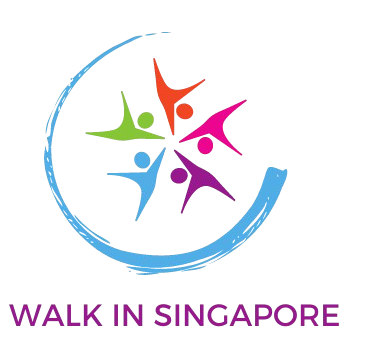Introduction: In the dynamic landscape of modern work, the office has undergone significant transformations over the years. From the traditional cubicles and closed-door offices to open layouts and remote work, the office environment reflects the changing needs and preferences of both 대밤 모바일 employers and employees. This article explores the evolution of the office, delving into current trends and future possibilities.
- The Traditional Office: Decades ago, offices were characterized by closed spaces, hierarchical structures, and a rigid 9-to-5 schedule. Employees worked within confined cubicles or private offices, and communication was often formal and limited. While this model fostered a sense of structure, it also posed challenges in terms of collaboration and employee engagement.
- The Rise of Open Workspaces: In recent years, a shift towards open workspaces has become prominent. The concept is aimed at fostering collaboration, communication, and a sense of community among employees. Open offices feature shared workstations, communal areas, and a more fluid layout. While this design encourages interaction, it has also raised concerns about noise levels, distractions, and the need for private spaces.
- Flexible Work Arrangements: The advent of technology has paved the way for flexible work arrangements, including remote work and flexible hours. The traditional office setting is no longer a strict necessity, as employees can connect and collaborate from various locations. This shift has led to a more diverse and geographically dispersed workforce, requiring companies to adapt their office structures to accommodate a blend of in-person and remote work.
- Technology Integration: The modern office is heavily reliant on technology to enhance efficiency and productivity. Smart offices incorporate automation, artificial intelligence, and advanced communication tools to streamline processes and improve the overall work experience. From virtual meetings to cloud-based collaboration platforms, technology has become an integral part of the contemporary office ecosystem.
- Employee Wellbeing: As the understanding of employee wellbeing gains prominence, offices are increasingly prioritizing the physical and mental health of their workforce. Ergonomic furniture, wellness programs, and flexible break spaces are becoming standard features in many workplaces. This focus on wellbeing not only enhances employee satisfaction but also contributes to increased productivity and retention rates.
- Sustainable Practices: Sustainability is a growing consideration in office design and management. Companies are adopting eco-friendly practices, incorporating renewable energy sources, and implementing waste reduction strategies. Green spaces, energy-efficient lighting, and environmentally conscious materials contribute to creating a workspace that aligns with broader societal concerns about environmental impact.
- The Future of the Office: Looking ahead, the future of the office seems to be a hybrid model that combines the best aspects of in-person collaboration and remote work. Virtual reality (VR) and augmented reality (AR) technologies may further redefine how teams interact across distances. Additionally, the office may continue to evolve as a hub for creativity, innovation, and team-building activities, rather than simply a place for daily tasks.
Conclusion: The office is a reflection of the ever-changing dynamics of the workforce and societal expectations. From the traditional structures to the contemporary trends of open workspaces, flexible arrangements, and technology integration, the office continues to evolve. Embracing these changes with a focus on employee wellbeing, sustainability, and innovation will undoubtedly shape the future of workspaces and contribute to the
